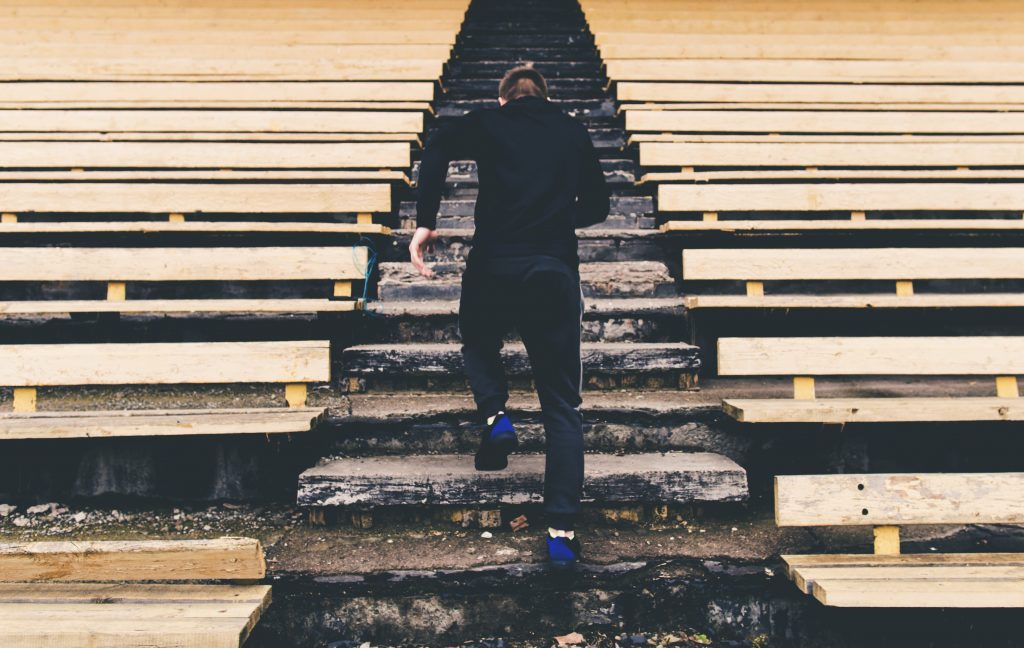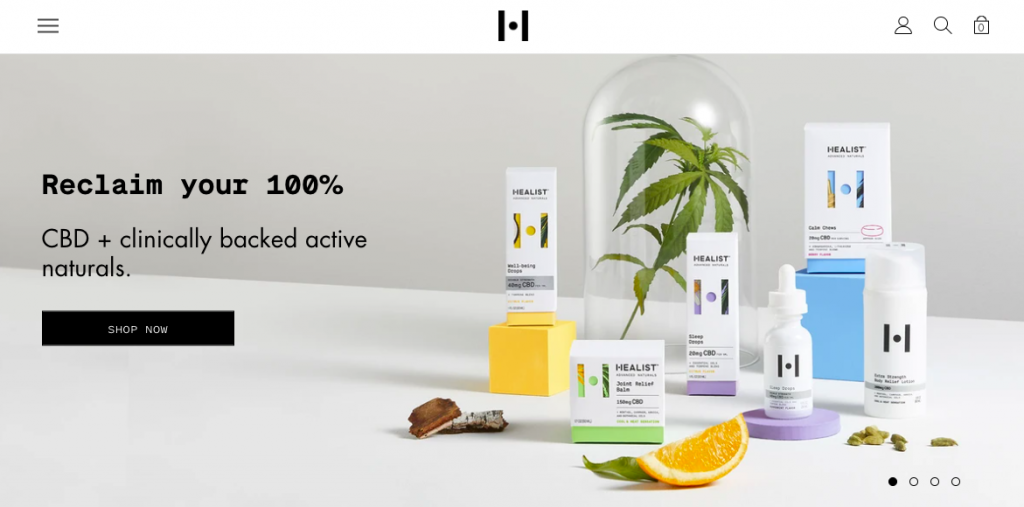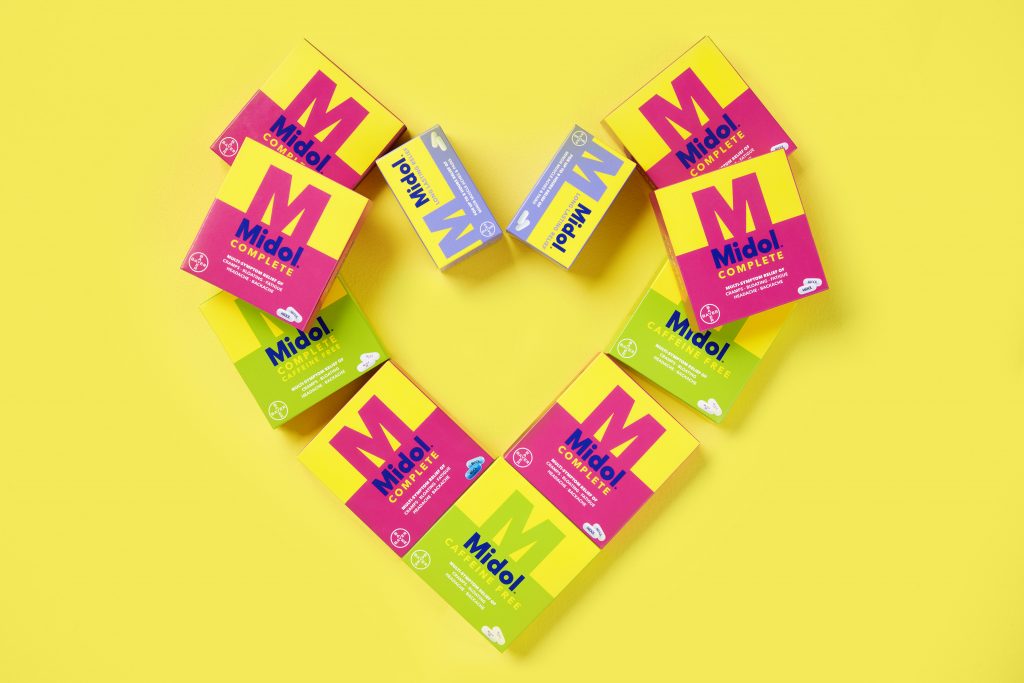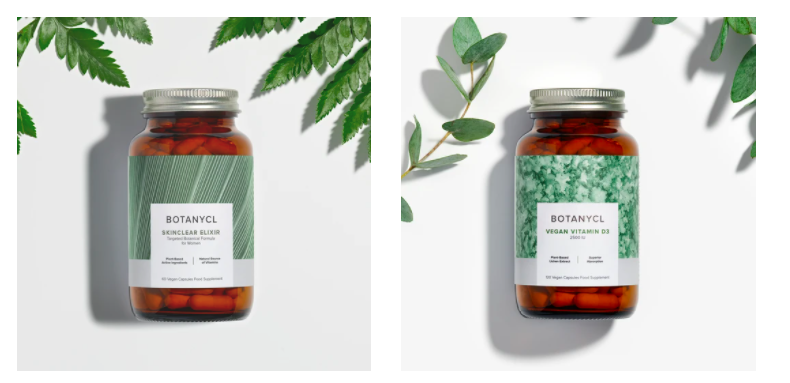Why is it that, on average, we are unhealthier than we have ever been yet the healthiest amongst us are the fittest of any previous generation? How can a whopping 13% of the world’s adult population be obese at a time when we are spending over $4.2 trillion on the global wellness category? In fact, the wellness market is growing at a similar rate to diabetes. Diseases such as these are putting an enormous strain on both our hearts and our health service. So, are we paying lip-service to healthy living or have we realised the error of our ways and are now doing whatever we can to turn things around?

Consumer spending suggests we seem to be taking health & wellness more seriously. This makes sense as changes in our own behaviour have the biggest single impact on our health than anything else. According to WHO and the Kaiser Institute, medical care determines 11% of our health, the environment 7%, social circumstances influence 24% and genetics 22%. Whereas our individual behaviour accounts for over a third of our health and wellbeing. We need to make every one of those percentage points count if we are to live long and healthy lives.
It is abundantly clear that we cannot rely on an already over-burdened NHS. As lucky as we are to have a state funded health system, there is no denying that it can only just cope with the pressure put on it. Limited resources focus NHS efforts on cure but not prevention. That’s something we must take into our own hands and fund from our own pockets. Luckily, there’s a thriving wellness sector to help us achieve our health goals.
The wellness category is defined broadly as the pursuit of activities and behaviour that promotes physical, mental and emotional well-being and it covers everything from fitness, healthy eating and complementary medicine to personal care, sleep management and health tourism – and pretty much everything in between.
Culturally, every generation has been taking more and more responsibility for their own health. Twenty years ago, health and wellness were territories confined to newspaper diets, new year resolutions and health food shops. Whereas today, Gen-Z have few vices beyond too much screen-time. This generation look after their health instinctively, taking a more holistic approach. They’re mindful, choose juice over alcohol and run for fun. They are willing to set aside both time and money for self-care and being informed has played a big role in driving theirs, and everyone else’s health agenda.
Tech-enabled wellness
Tech has enabled everyone to monitor and understand the impact of their choices on their health and fitness ambitions. Wearables, chatbots and apps have made it easier to attain and maintain health, both physically and mentally. Whether it’s the velvety voice of Michael Johnson talking you through your Couch-to-5k run or the calming sleep-sounds on the Headspace app sending you off to the land of nod, we are leveraging tech daily to supplement our willpower and smooth our never ending road to health.
But not all wellness innovation is digital or high tech. There are as many lo-fi solutions to our health challenges. The calming blanket market, for example, which started as specialist equipment to sooth people with autism and other sensory conditions, has recently made it into the mainstream as a sleep enhancer. Now there are Sunday supplement articles recommending the ‘Top 20 Calming Blankets’. Who knew there were more than 20 of them? But analysts believe the sleep-aid market is on track to reach over $100 billion in the next 3 years. This isn’t because we are all insomniacs. It’s because sleeplessness is a product of stress and stress is a modern plague.
The staggering growth in the wellness market mirrors the rapid rise of anxiety and stress experienced across the globe. We are looking for antidotes to the rising pace of life and pressures of social media. Stress has always been a fact of life, but today we are more likely than any previous generation to acknowledge the fragility of our mental state and take steps to protect it. Once we’ve recognised problems we then search for solutions and where there’s a need, there’s a product.
Multi-dimensional efficacy
Solutions to our wellness needs come in many forms, just as proof of efficacy has different guises. New products emerge that perform entirely new functions and have interesting and sometimes controversial stories to tell. CBD is an exciting category that is estimated to reach $9.6 billion over the next 5 years. It has a clinically proven wellness story to tell which is a story well told by Mike Bryce through his wellness and beauty company: Healist Naturals. Mike’s big-brand-marketing background (Unilever, rb, Coty) shines through in a brand designed to convey natural elements over chemicals and premium beauty over big-pharma. It tells the CBD story as an enhancer to today’s lifestyle and promises to deliver cutting edge wellness to help you to ‘reclaim your 100%’.

Many pharmaceutical brands are following suit with a more consumer-focussed approach. They have the clinical proof of efficacy but have dropped the dry science in favour of insight and empathy. Midol, from Bayer, has recently revamped its packaging and approach with a bold, modern feel and snapchat-friendly marketing. It has chosen a lifestyle rather than clinical approach which suits both the product and the audience.

Clinical evidence can be the ultimate convincer that a product will perform its promise, but this kind of proof is not necessarily a deal clincher. People know clinical trials are complex, take time and can be imperfect. They’re expensive and not always accessible to small providers. Most importantly, there are other, alternative sources of credibility and authenticity for marketeers to leverage without resorting to fudging numbers or buying endorsements from someone with a PHD from Hogwarts.
Sometimes, the convincer can come from other people who have been as frustrated as you with the lack of options to solve very real problems in their lives as much as from any research study. Botanycl is a great example of exactly that. Caroline Sims struggled with skin problems for many years and found that the harsh chemical products available didn’t work. She took it upon herself to seek out plant-based products, which were each proven to have powerful properties, and combine them to develop her own range of supplements. Her website is awash with endorsements from happy customers who feel understood. Empathy based marketing can work wonders in categories where customers don’t feel their needs are being met. Peer to peer conversations can be far more potent than the parent:child ones initiated by many big brands.

The personalised vitamin & supplement market takes this empathy further still by taking a history of an individual’s medical needs, dietary habits & lifestyle goals and turning this information into a tailored service. It issues a prescription and delivers it as a subscription – providing a tailor-made product, as a service. A premium service that seeks to highlight genuine deficiencies in people’s diets and chemical make-up and plug those gaps. Wellness as a service (WaaS) is an exciting prospect that will see great innovation over the next few years. There’s much evidence that personalisation itself increases positive results just by raising expectations. This is, potentially, no different to a placebo effect. One thing that has been scientifically proven to work, time and time again, is a placebo. Does it really matter if the resulting feelings of wellness and vitality stem from correctly adjusting a B-vit deficiency or from triggering mind-over-matter? How it works is immaterial, as long as it does the job.
Transformative influence of Covid
Growth of the health and wellbeing sector has accelerated since the start of Lockdown. The shelves have been cleared of vitamins and Halfords have sold out of bicycles as we take even greater responsibility for our wellbeing and vow to use our time wisely; to get fit, lose weight, clear our heads and keep it together. Most people are trying to do the right thing and protect the NHS from being overwhelmed as well as protecting themselves from the virus. And if they do get infected, they want to be in the best shape possible to fight it off with a strong immune system and low BMI.
Self-care is on the up and taking a trip to A&E for a scratch and a bruise is becoming a thing of the past. Our new lockdown habits are mingling with vigorous handwashing and bleaching regimes, all under the banner of staying healthy, and new opportunities are emerging to keep us safe from germs and bacteria.

Post Covid we are likely to face a crisis in mental health to rival the economic storm that is heading our way. New ways to combat loneliness and defend us from dark thoughts and feelings will be sought and found. We will learn more about new and different ways to help us to help ourselves as well as others. Covid may not only accelerate growth within the health and wellness market but change the course of the entire category. Hopefully, it will resolve the wellness paradox and we will see obesity and diabetes on the wane as our health begins to flourish.
BY Anna Amos who is PB Creative Head of Client Services

You must be logged in to post a comment Login